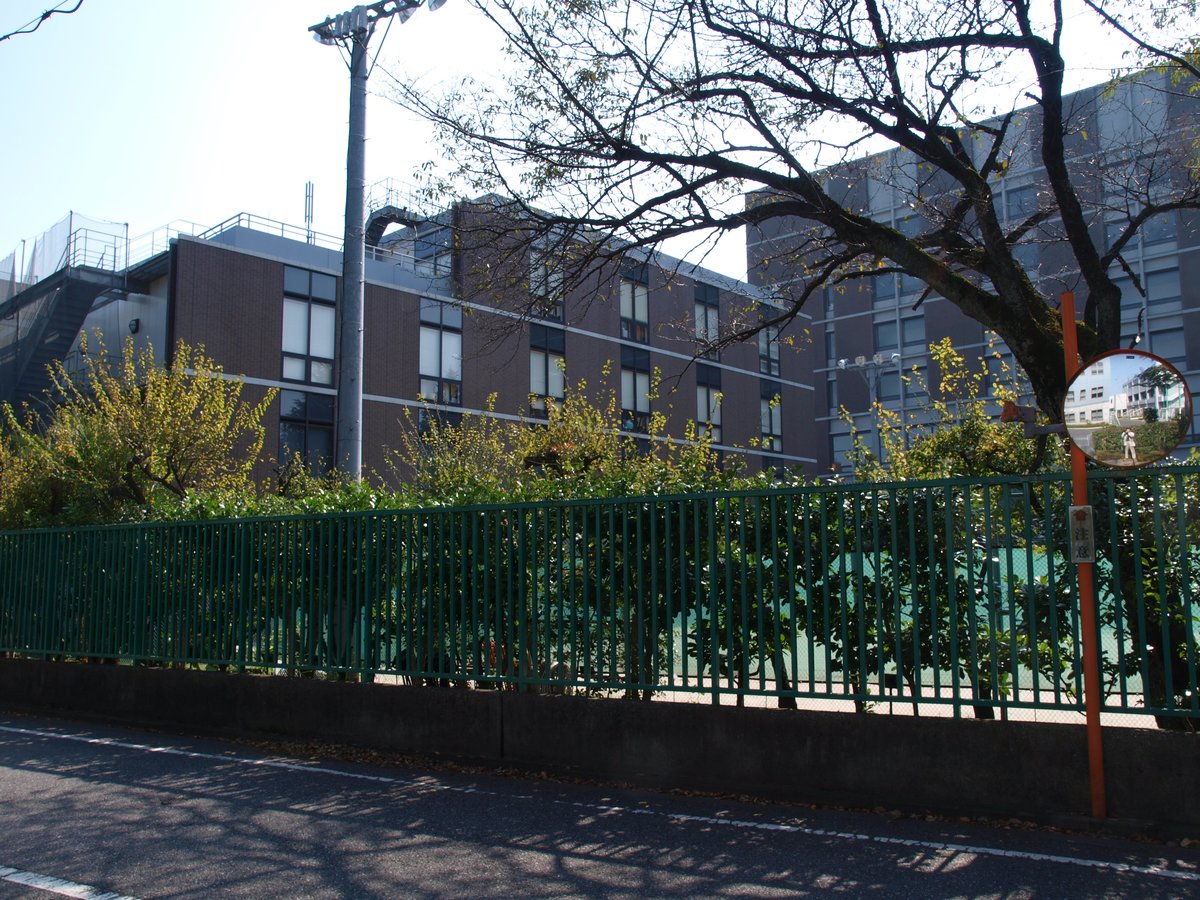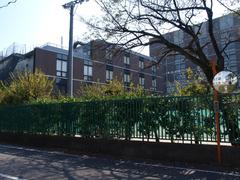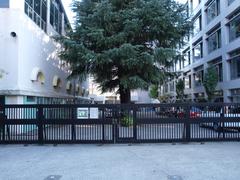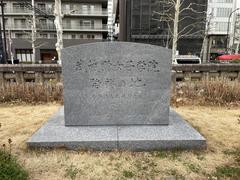
Musashino University Visiting Hours, Tickets, and Guide to Tokyo Historical Sites
Date: 14/06/2025
Introduction
Musashino University, nestled in Tokyo, Japan, is a distinguished institution with a legacy that extends far beyond its academic achievements. Rooted in Buddhist philosophy and Japan’s evolving educational landscape, the university was established in 1924 by Dr. Junjiro Takakusu—an eminent Buddhist scholar and advocate for women’s education. Today, Musashino University’s two main campuses, Ariake and Nishitokyo, offer a harmonious blend of modern architectural innovation and traditional Japanese aesthetics. The university not only fosters academic excellence but also serves as a cultural hub, hosting festivals, exhibitions, and lectures that illuminate both Japanese traditions and contemporary research.
This comprehensive guide is tailored for prospective students, cultural enthusiasts, historians, and travelers who wish to explore the university’s significance within Tokyo’s vibrant urban tapestry. Below, you’ll find detailed visiting information, including campus access, hours, transportation, accessibility features, and tips for making the most of your visit. Nearby attractions such as Odaiba, Inokashira Park, and Musashino Forest Sport Plaza are also highlighted to enrich your Tokyo experience.
For the latest updates, event schedules, and visitor announcements, consult the official Musashino University website and trusted Tokyo tourism resources. (Musashino University Official, Tokyo Tourism)
Historical Background and Cultural Significance
Founded as Musashino Joshi Gakuin, Musashino University was originally dedicated to advancing women’s education under Buddhist principles of compassion, wisdom, and social responsibility. Its close affiliation with the Jodo Shinshu Honganji sect further enriches its heritage. The university’s evolution into a coeducational institution has not diminished its foundational values, making it a living example of Japan’s commitment to educational and social progress.
Visiting Information
Location and Campuses
- Ariake Campus: Located in Koto, Tokyo, known for its sleek, contemporary design and state-of-the-art facilities.
- Nishitokyo (Musashino) Campus: Set in the western suburbs, offering a tranquil environment with traditional Japanese elements and lush greenery.
Visiting Hours
- General Campus Hours: Monday to Friday, 9:00 AM – 5:00 PM
- Special Closures: University holidays, examination periods, and national holidays may affect access. Confirm by checking the official website (Musashino University Official).
Admission and Access
- Entry: Free to public areas; some facilities may require prior arrangement or be available only via guided tours.
- Ariake Campus Access: Near Kokusai-Tenjijo Station (Rinkai Line).
- Nishitokyo Campus Access: Reachable by bus or taxi from nearby stations such as Kichijoji, Mitaka, and Musashi-Sakai.
Accessibility
Both campuses are equipped with ramps, elevators, and accessible restrooms to accommodate visitors with disabilities.
Exploring Musashino University
Architectural Highlights
Admire the integration of modern design and traditional Japanese aesthetics, particularly in the Ariake campus’s waterfront buildings and landscaped gardens. Photographers will find ample inspiration throughout both campuses.
Cultural and Educational Events
Throughout the year, Musashino University hosts public festivals, exhibitions, and lectures. These events offer insights into Japanese culture, Buddhist teachings, and academic research.
Guided Tours
Guided tours, focusing on the university’s history and architecture, are occasionally available. Contact the visitor center in advance to reserve a spot.
Nearby Attractions
- Odaiba: A vibrant entertainment and shopping district, easily accessible from the Ariake campus.
- Musashino Forest Sport Plaza: Modern sports complex near the Nishitokyo campus.
- Inokashira Park: Renowned for cherry blossoms and the Studio Ghibli Museum, a short trip from Kichijoji.
- Kichijoji Neighborhood: Trendy cafes, boutiques, and local shrines.
- Musashino Hachimangu Shrine: Historic site near Kichijoji Station.
Travel Tips
- Use public transportation due to limited parking.
- Wear comfortable shoes for exploring spacious campuses.
- Check event calendars and announcements before visiting.
- Photography is permitted outdoors; seek permission before photographing inside buildings or during events.
Accessibility and Facilities
- Dining: University cafeterias offer affordable meals; vending machines and convenience stores are available.
- Wi-Fi: Free in most public areas; obtain credentials at information desks if needed.
- Restrooms: Modern and accessible, with support available for non-Japanese speakers.
- Luggage: Use coin lockers at train stations for storage.
- Language: English signage is present, but basic Japanese or translation apps are helpful.
Practical Considerations for International Visitors
- Currency: Cash is widely used, but most facilities accept major credit and IC cards.
- Connectivity: Rent a pocket Wi-Fi or SIM card for reliable internet.
- Health: The campus has a health center; travel insurance is recommended.
- Emergencies: Dial 110 (police) or 119 (fire/ambulance).
Frequently Asked Questions (FAQ)
Q: Is there an entrance fee?
A: No, campus access is free. Some events may require registration or tickets.
Q: Are guided tours available?
A: By appointment; contact the visitor center in advance.
Q: Are the campuses wheelchair accessible?
A: Yes, with ramps, elevators, and accessible restrooms.
Q: Where can I eat nearby?
A: On-campus cafeterias and nearby Kichijoji restaurants offer a variety of options.
Q: What is the best time to visit?
A: Spring (cherry blossoms) and autumn (foliage) coincide with cultural festivals and pleasant weather.
Maps and Virtual Tours
The university’s website offers downloadable campus maps and virtual tour options to help plan your visit (Musashino University Official).
Summary and Call to Action
Musashino University represents a unique convergence of Japanese educational heritage, Buddhist values, and modern academic achievement. Its accessible campuses, free general admission, and rich cultural calendar make it an inviting destination for students, tourists, and families alike. Complement your visit with nearby attractions such as Odaiba, Inokashira Park, and Kichijoji for a well-rounded Tokyo experience.
For event updates, visitor guidance, and virtual resources, consult the official university website and Tokyo tourism portals. Enhance your journey with mobile apps and social media channels for real-time information.
Plan your visit today and discover a compelling facet of Tokyo’s historical and contemporary life. (Musashino University Official, Tokyo Tourism)
Sources
- Musashino University Official
- Musashino University Guide
- Tokyo Tourism
- Two Wandering Soles: Japan Travel Tips
- Japan Travel: Top 11 Destinations of Western Tokyo
































































































































































































































